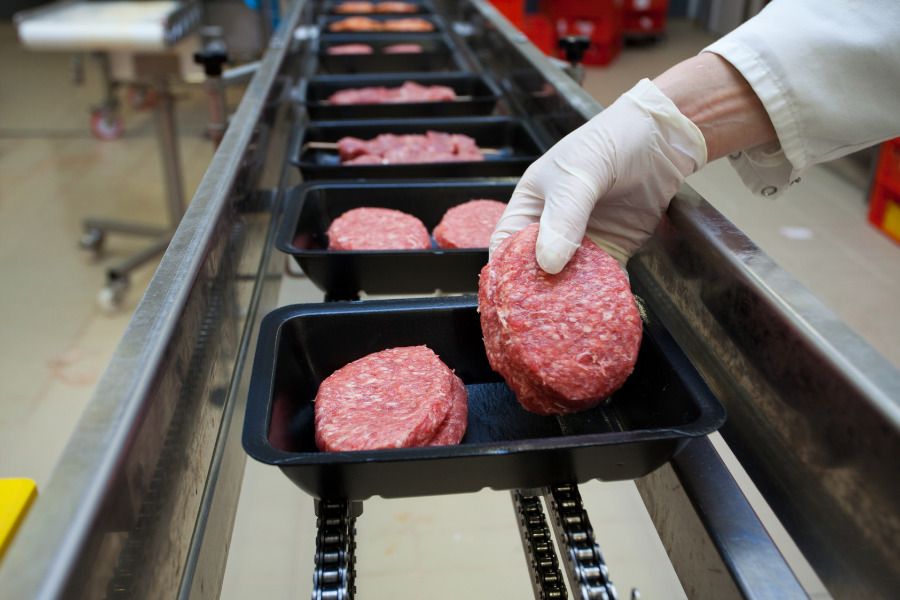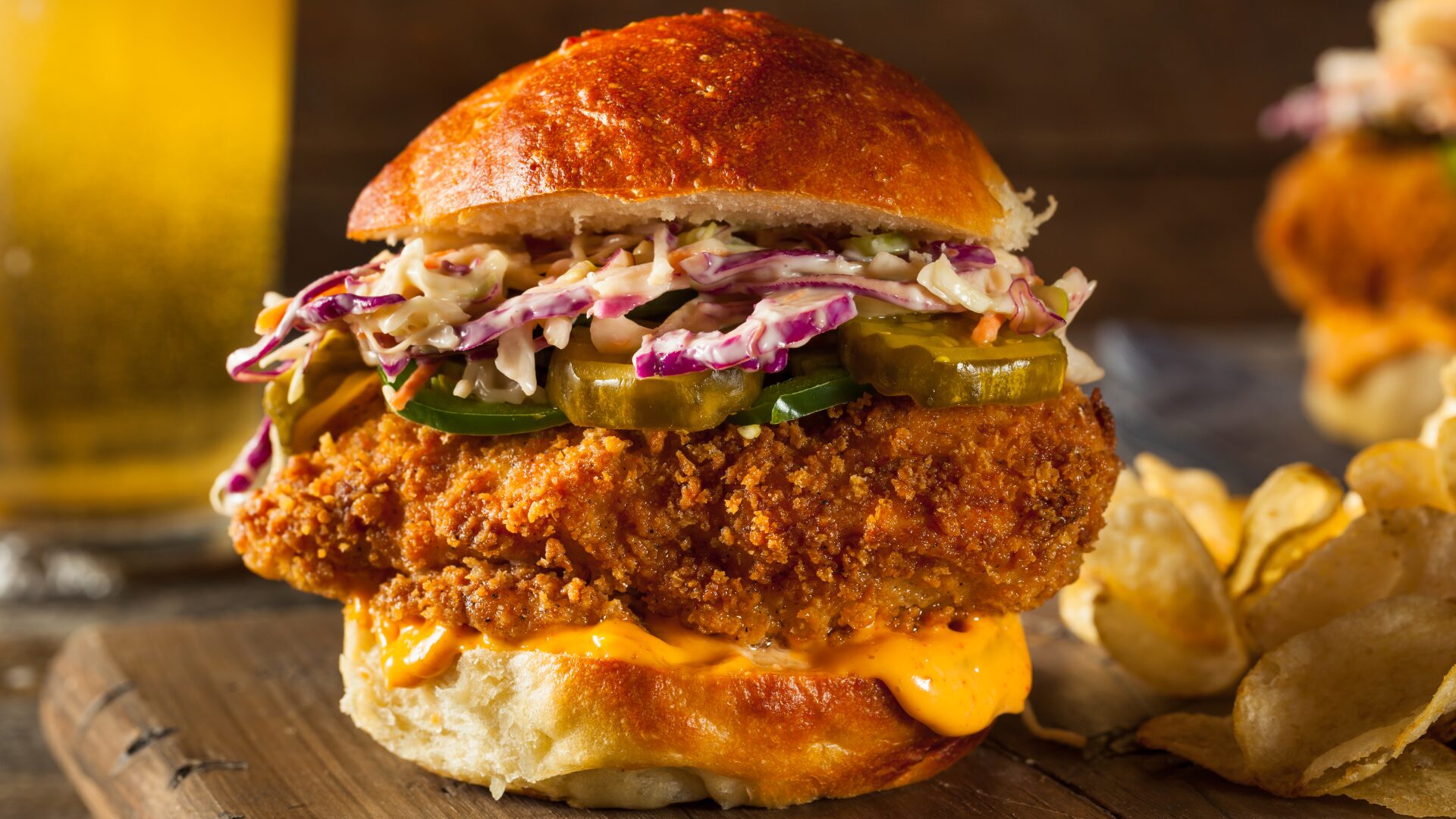Meat and poultry producers were among America’s hardest hit sectors earlier in the pandemic, impacting production of chicken, beef, and pork at the country’s largest producers.
The shortages across the country displayed how reliance on big meat companies can be problematic – and new statistics have highlighted the issue.
PROBLEMS HIGHLIGHTED DURING PANDEMIC
The working conditions in meatpacking plants create a perfect storm for coronavirus transmission as workers are often unable to maintain the recommended 6 ft. of distance on the processing floor.
Last April, the U.S. was getting dangerously close to a meat shortage following the closure of a major Smithfield Foods plant which had reported more than 200 cases of COVID-19. Shortly after, other plants, such as JBS SA and Cargill, reported spikes in cases and also had to shutter operations. As of early 2021, about 270 workers had died in meatpacking plants since the COVID-19 pandemic began.
Pandemic aside, the meat industry has been consolidating for decades, and 80% or more of meat is slaughtered by just a few companies, reported CBS News (March 15). The number of smaller operations that meet local demand plunged by 42% to 1,910 between 1990 and 2016, according to the U.S. Department of Agriculture.
Because of this major consolidation, when operations are crippled like they were last year, there can be widespread meat shortages throughout the U.S.
GRANTS FOR SMALL MEAT PRODUCERS
The sudden meat shortages last year led to millions of dollars in federal grants to help small processors expand so the nation could lessen its reliance on giant companies. Those grants, however, served as little more than a BAND-AID on an open wound.
“Even a significant increase in processing capacity in those small and mid-size processors, that’s a small amount in the grand scheme of things,” Iowa Agriculture Secretary Mike Naig told CBS. “Yes, it provided some relief but no, it’s not at the level that will rival the big processors.”
The grants will help small processors provide rural jobs, but the economics of meat now centers on large, highly efficient slaughterhouses.











